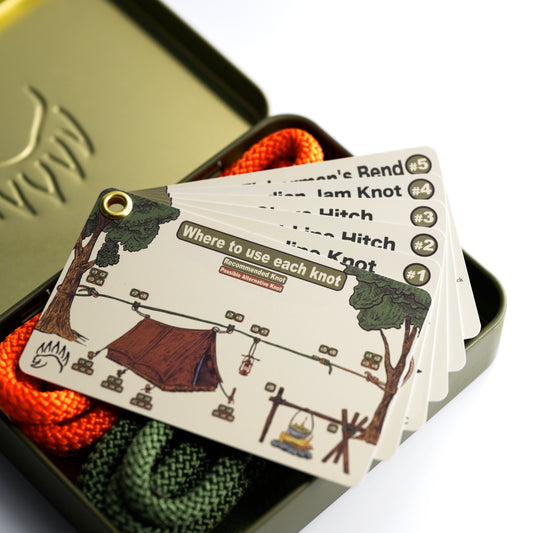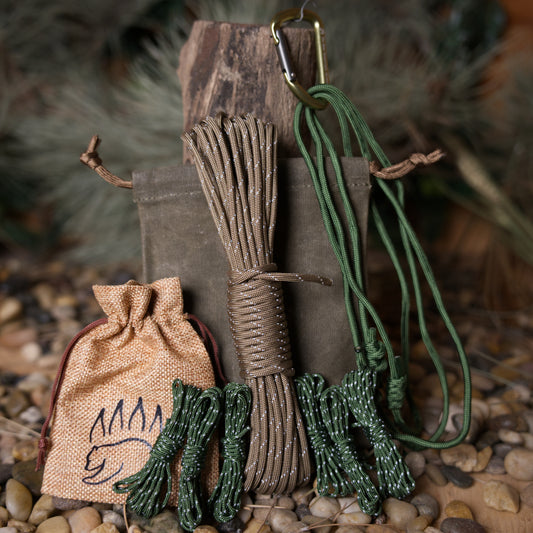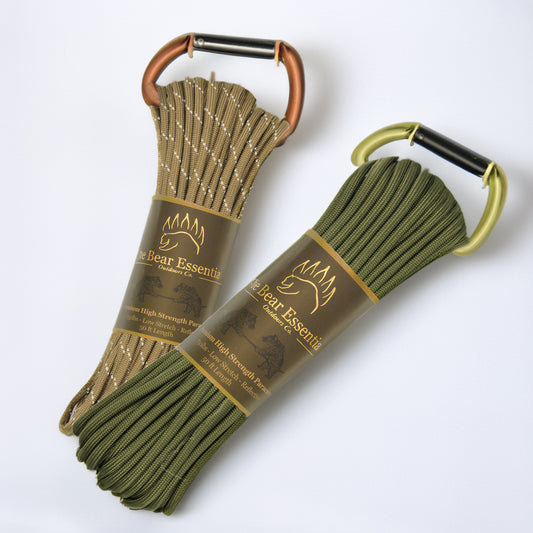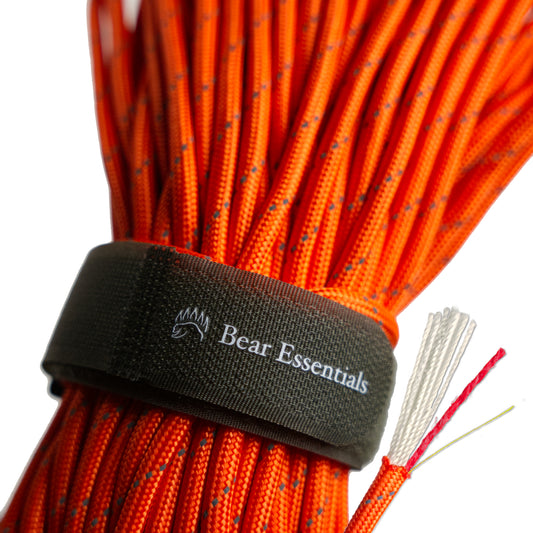How to Tie the Handcuff Knot
Usage
The Handcuff Knot is commonly used to create two adjustable loops for binding objects or people in hoisting and firefighting rescue operations. Compared to other loop knots like the Spanish Bowline Knot, it’s simpler to tie and ideal for quick, temporary restraints. Its adjustable loops are valued for securing limbs or gear, but it can slip if not tensioned properly. This knot is a key tool for emergency scenarios.
Why Learn the Handcuff Knot?
Its dual-loop design ensures fast, secure binding. This knot is a must for rescuers needing reliable, adjustable restraints.
- Quick to tie: Forms two loops rapidly for urgent situations.
- Adjustable loops: Tightens easily to fit various sizes securely.
- Versatile use: Suits rescue, hoisting, or temporary gear binding.
- Minimal rope use: Creates effective loops with little cord.
- Emergency standard: Widely used in firefighting and rescue tasks.
Common Uses
-
Hoisting:
- Secures objects or gear for lifting in rigging systems.
- Binds poles or equipment for stable transport.
-
Firefighting:
- Creates temporary restraints for rescuing people in emergencies.
- Attaches ropes to individuals for safe extraction.
ABOK Number
(Ashley Book of Knots)
Other Names
Category
|
Notable Features
- Dual Adjustable Loops: Adapts easily to fit different objects or limbs.
- Quick Deployment: Ties fast in emergency settings.
- Efficient Use of Rope: Requires minimal cord to form effective restraints.
Variations
No true variations listed in the provided data. For added security, you can add a half hitch around each loop’s standing line, though this may slow release.
Similar Knots
Spanish Bowline vs. Handcuff Knot
- Pros: Stronger and more stable for heavy rescue loads.
- Cons: More complex and slower to tie than the Handcuff Knot.
Bowline on a Bight vs. Handcuff Knot
- Pros: Creates stable dual loops for rescue or lifting.
- Cons: Less adjustable and bulkier than the Handcuff Knot.
History
The Handcuff Knot, referenced in The Ashley Book of Knots (#412), likely originated in maritime and early rescue contexts where quick, adjustable loops were needed for binding or lifting. Its simplicity made it a staple in firefighting and hoisting, adapted for securing people or gear in emergencies. Its continued use in modern rescue operations underscores its reliability for temporary restraints.
Security Level
The Handcuff Knot provides reliable binding for light to moderate loads when tied with proper tension, securely holding objects or people in rescue scenarios. It performs best with strong, non-stretch ropes. For heavy or dynamic loads, a stronger knot like the Spanish Bowline may be needed to ensure stability.
Downsides
- Slipping risk: Loops may loosen if not kept under constant tension.
- Limited strength: Not ideal for heavy or dynamic loads in critical rescues.
Structure
- Form two small loops side by side in the middle of the rope.
- Overlap the loops slightly, with one loop’s working end passing through the other.
- Pull the working ends through the opposite loops to create slip knots.
- Adjust the loops to the desired size and pull the standing lines to tighten.
- Test the loops to ensure they hold securely under light tension.
Pro Tip: Keep loops even and snug to prevent slipping during use. Use a strong, non-stretch rope like nylon for secure binding. Practice adjusting loop sizes quickly for efficient emergency use.
FAQ
Is the Handcuff Knot strong enough for rescue operations?
Yes, for temporary restraints in light to moderate rescues, but test tension first.
What’s the best rope for the Handcuff Knot?
Nylon or polyester ropes with low stretch are ideal for secure loops.
How does the Handcuff Knot compare to the Spanish Bowline?
The Handcuff is quicker and simpler, but the Spanish Bowline is stronger for heavy loads.
Can the Handcuff Knot be used for non-rescue tasks?
Yes, it’s useful for binding gear or poles in hoisting or utility settings.
Why choose the Handcuff Knot over a Bowline on a Bight?
It’s faster to tie and more adjustable, though less stable for heavy lifting.
Important Notes on Safety
Common failure points include loose loops or insufficient tension, which can cause slipping. Always verify the loops are tight and secure before use in rescue or hoisting.
Check the rope for wear or damage before tying.
Ensure loops are evenly tensioned to prevent loosening.
Practice in low-stakes settings to master quick tying.







